

The Scientific Reason Why You Get Chills When You Have a Fever |…

Q&A with Organizational Pro Peter Walsh + Dermatologist Shares A…
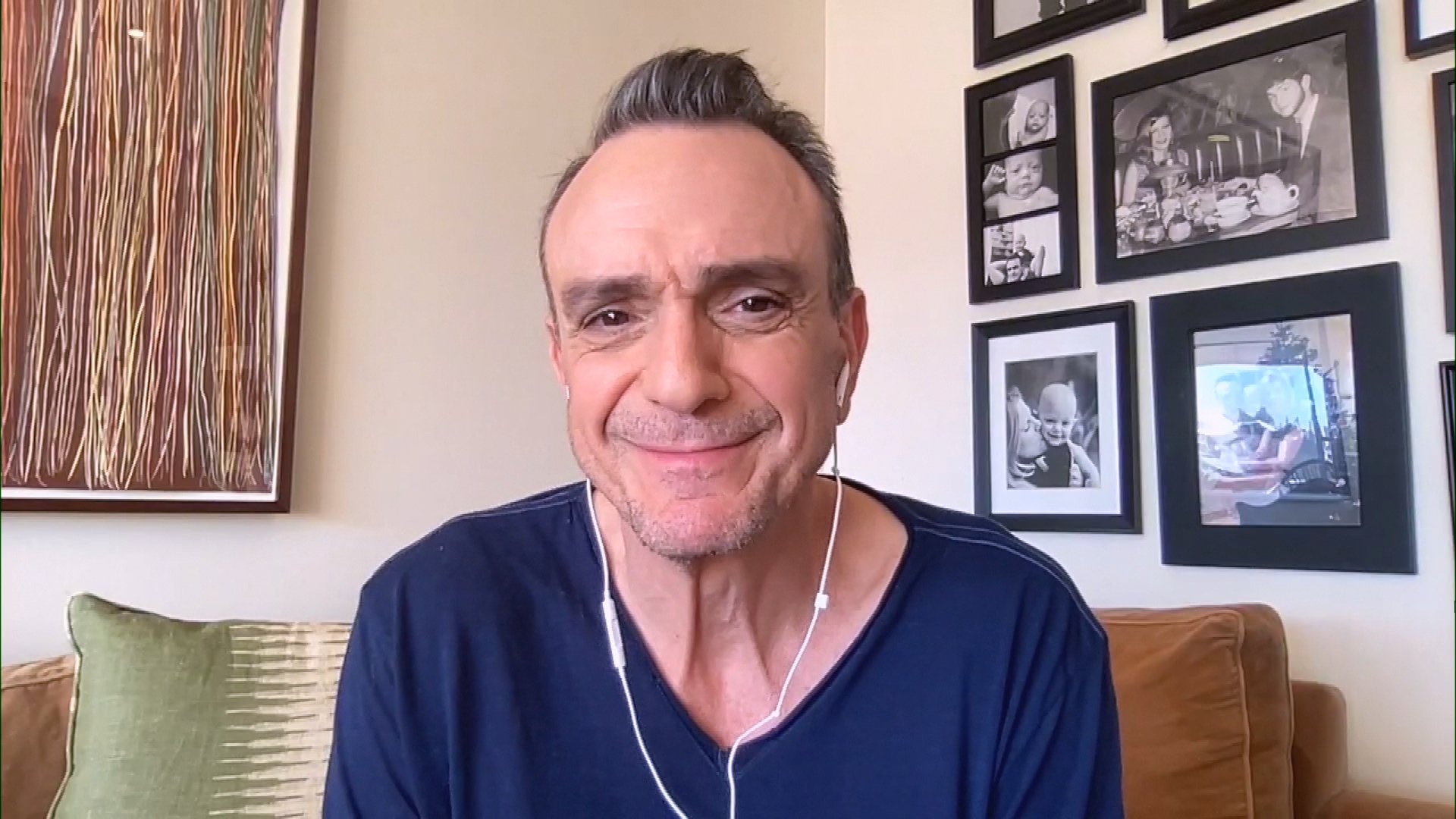
Actor Hank Azaria + Freezer Meals + Artichokes 2 Ways with Rach
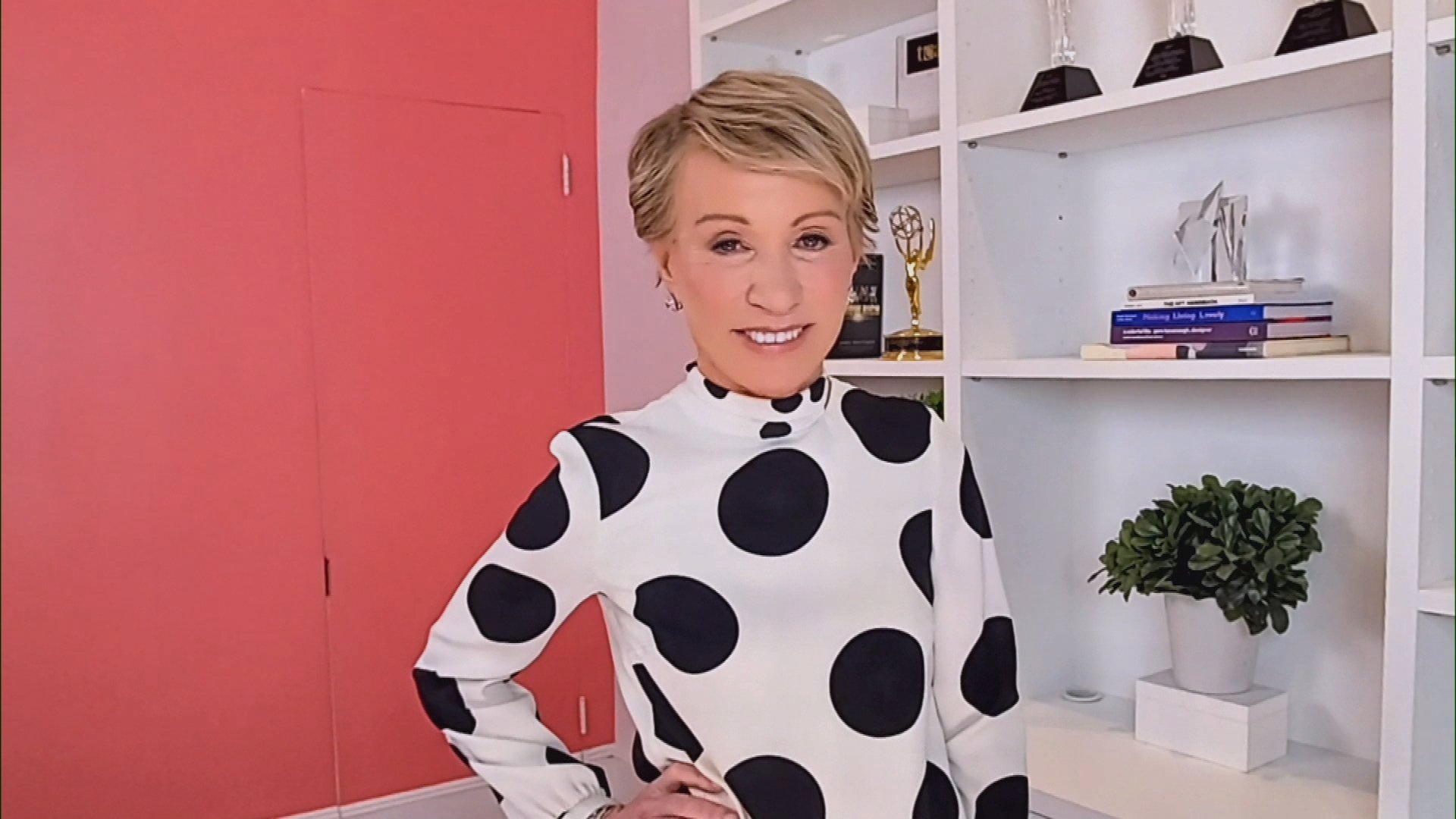
See Inside Barbara Corcoran's Stunning NY Apartment + It's Steak…

How to Make Chicken and Lobster Piccata | Richard Blais
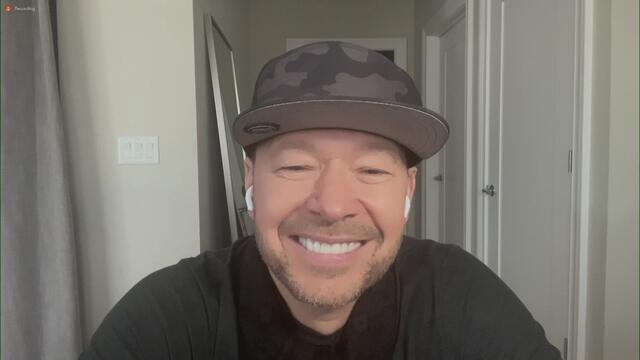
Donnie Wahlberg Spills Details About NKOTB's First Ever Conventi…
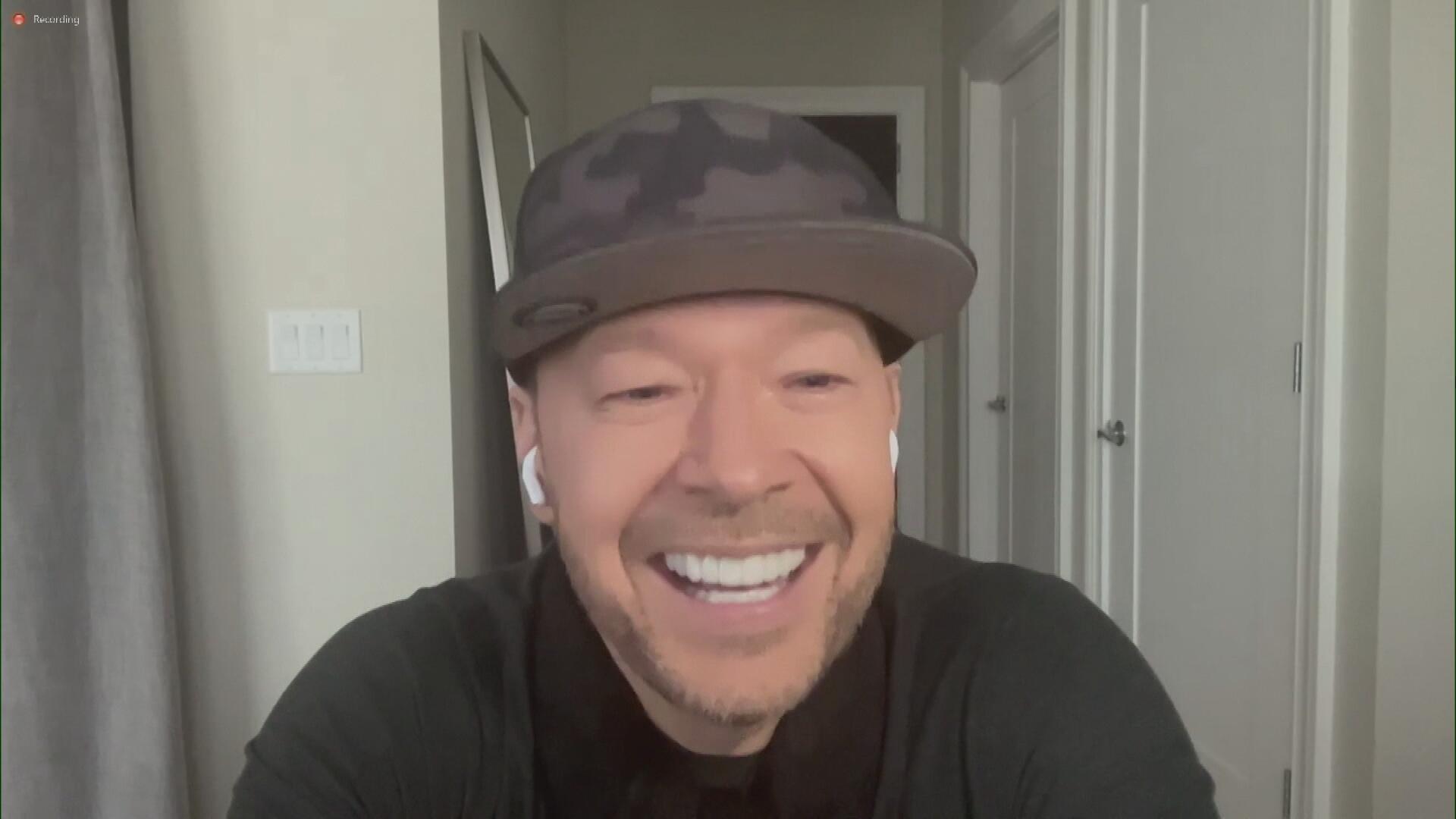
Donnie Wahlberg + Jenny McCarthy Say Rach Is Such a "Joy" + Look…
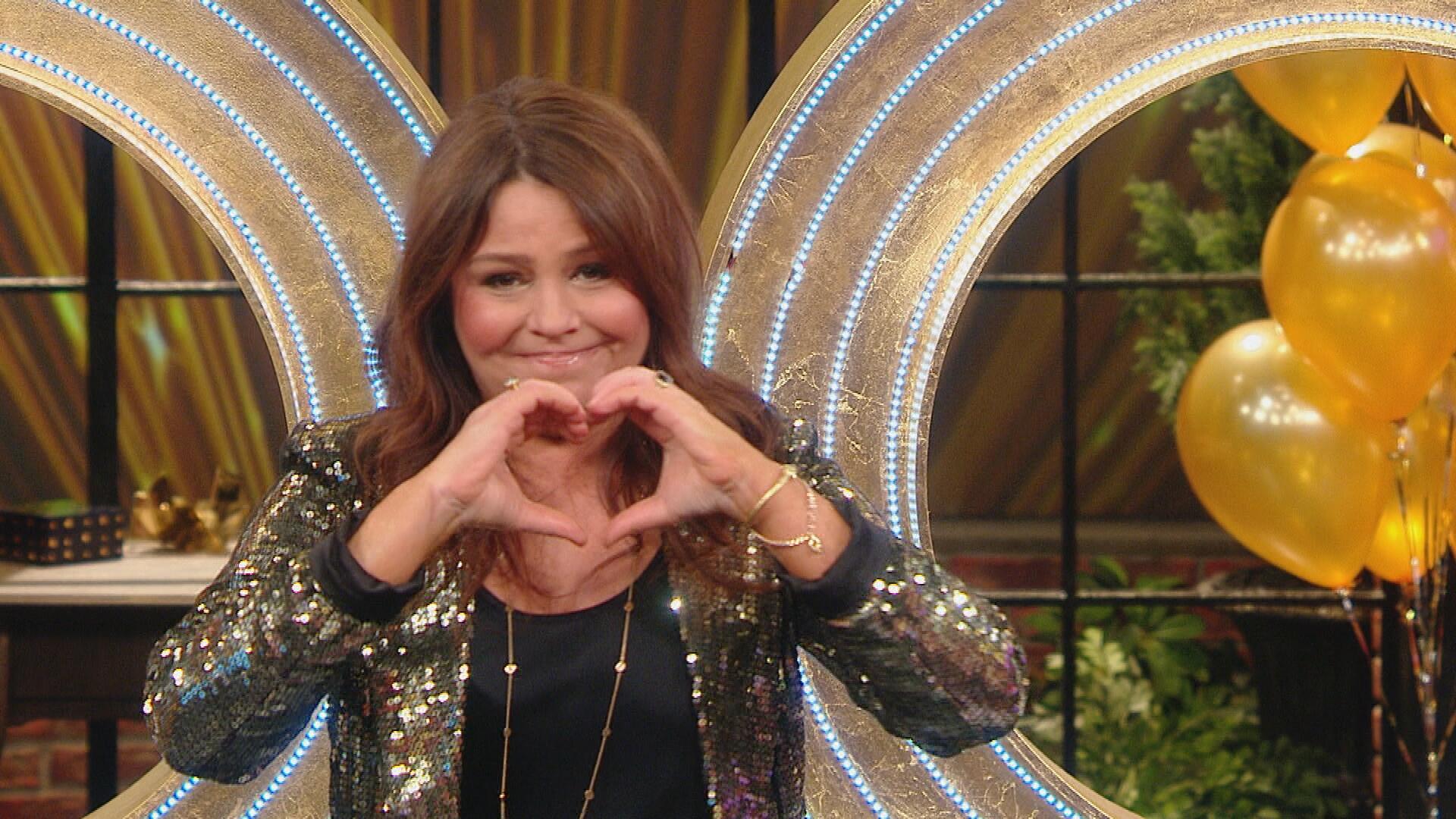
The Best Moments From 17 Seasons of the Show Will Make You Laugh…

How to Make Crabby Carbonara | Rachael Ray
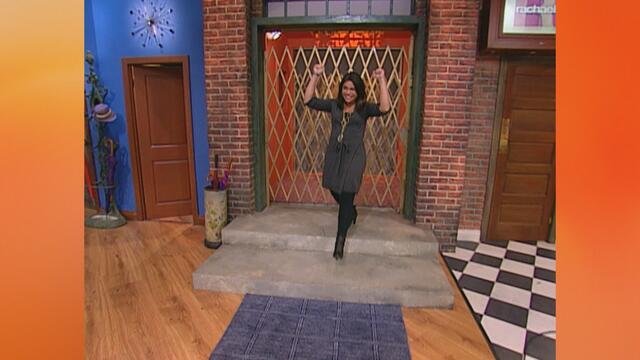
Rach Chats "Firsts" In Flashback From Our First Episode Ever In …
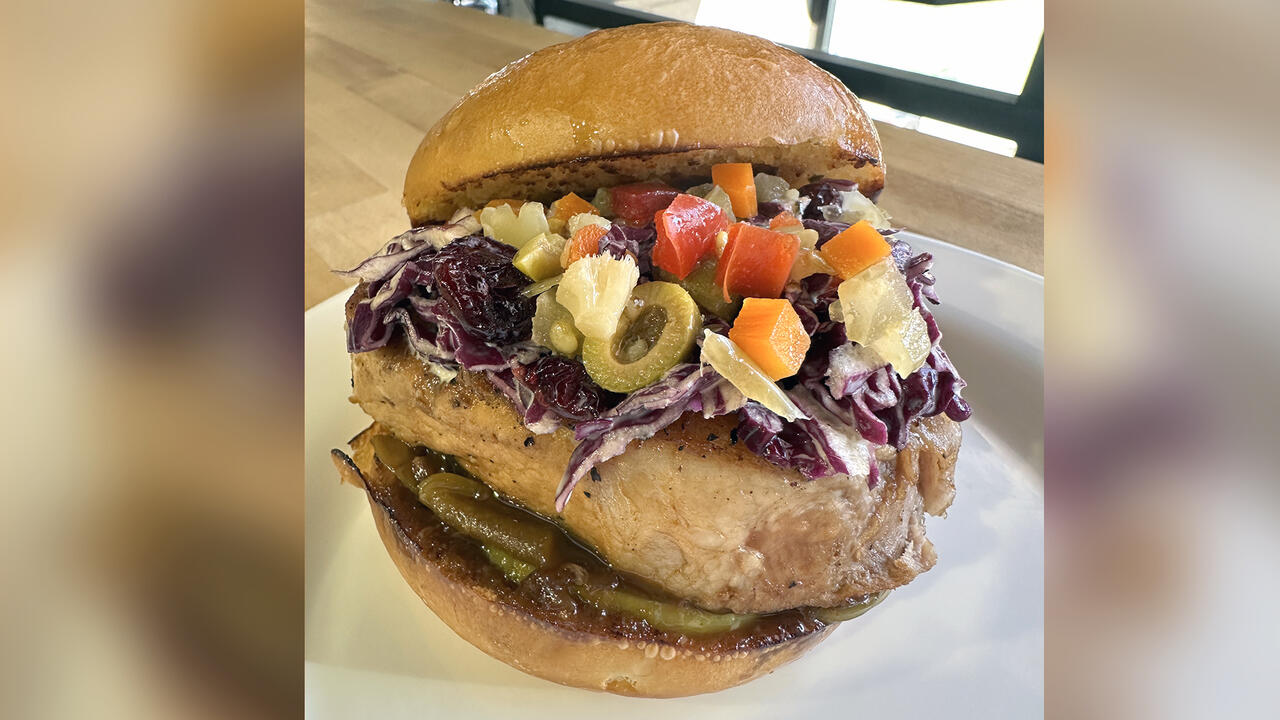
How to Make Apple-Cider Braised Pork Chop Sandwiches with Onion …

Rach's Chef Pals Say Goodbye to Show in Surprise Video Message

How to Make Sesame Cookies | Buddy Valastro

How to Make Tortilla with Potatoes, Piquillo Peppers and Mancheg…

How to Make Shrimp Burgers | Jacques Pepin
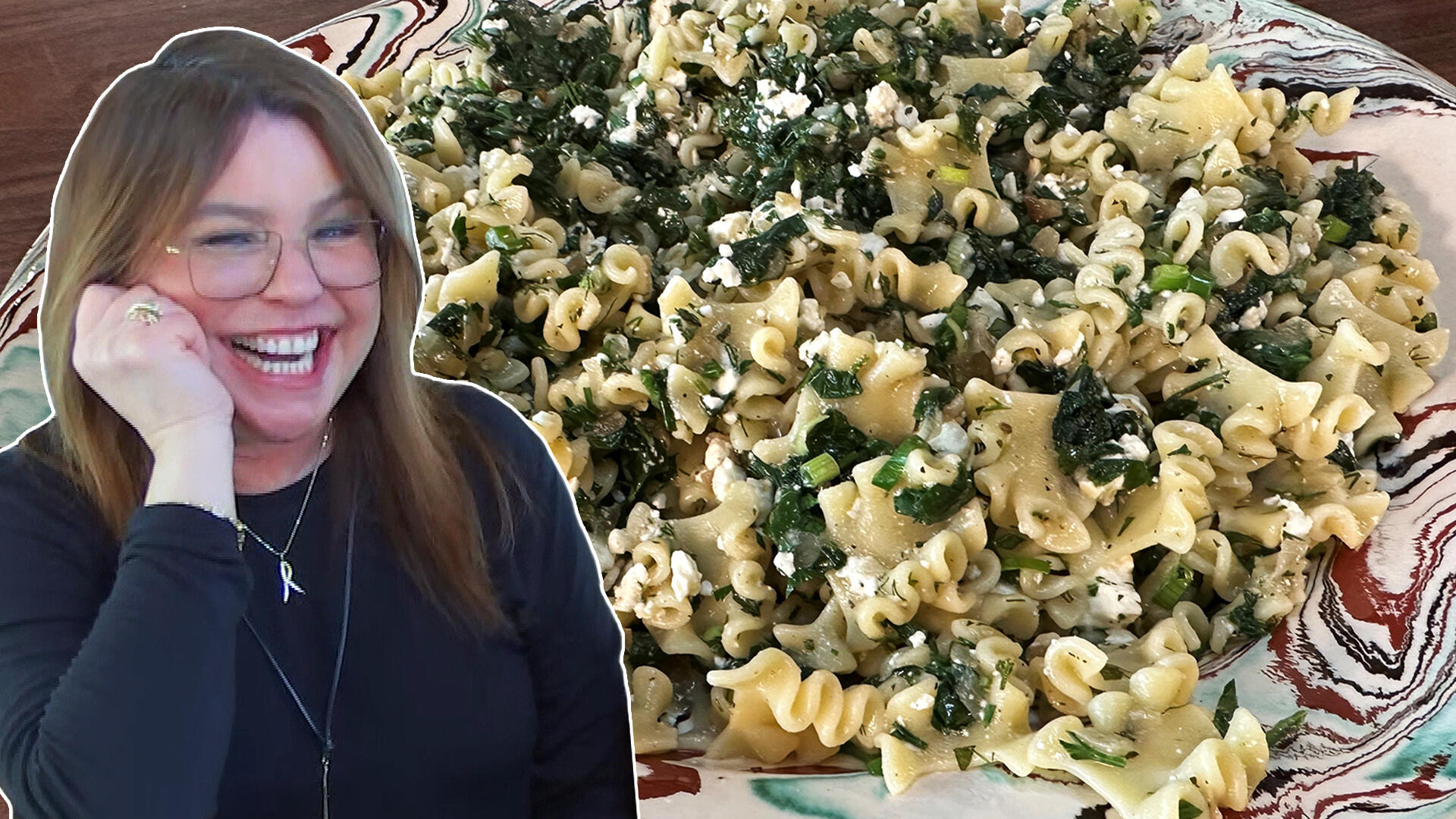
How to Make Spanakopipasta | Rachael Ray
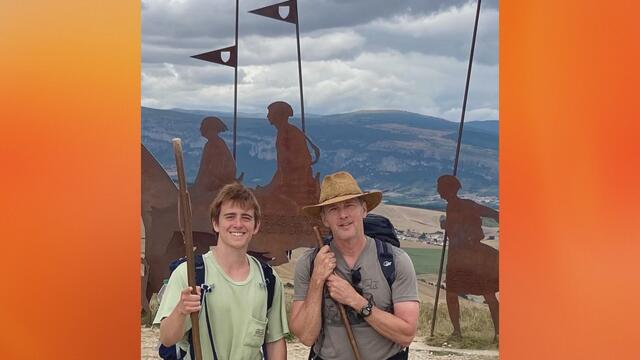
Andrew McCarthy Chokes Up Discussing Emotional Trip to Spain wit…

Celebrity Guests Send Farewell Messages After 17 Seasons of the …

Celebrity Guests Send Farewell Messages After 17 Seasons of the …

Andrew McCarthy Teases Upcoming "Brat Pack" Reunion Special
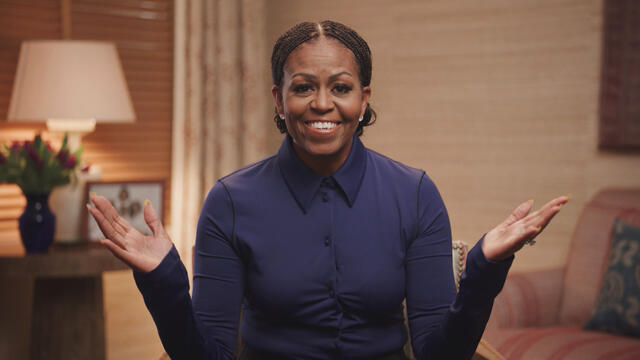
Michelle Obama Toasts Rach's 17 Years on the Air With a Heartfel…
Having a cold or fever is bad enough, but what about those terrible chills that can keep you up all night? When you're under a pile of blankets and still shivering, you may find yourself wondering whether your chills are a "normal" cold or flu symptom — or if it could be a sign of something more serious.
We checked in with one of our favorite medical experts, Dr. Ian Smith, and he explained the science behind shivering. First of all, chills are "very normal," the doc assures us. "It's the body's natural reaction [to an infection]."
There's an area of your brain called the hypothalamus, which acts as your internal thermostat, keeping your body's temperature set to 98.6, Dr. Ian explains. But when you have an infection (like a cold), chemicals called pyrogens kick in and essentially trick the hypothalamus into increasing your body's set temperature. The chills are you feeling cold because you aren't yet at that temperature, so your body tries to generate more heat to get there — which it does through shivering.
"Shivering is a way to produce heat," Dr. Ian says. "Your muscles contract very fast, and that produces heat to raise that temperature internally from 98.6 … because some bacteria cannot exist at higher temperatures."
RELATED: Here's How to Treat a Cold Like a Doctor
For adults, fevers will typically go away, but you can take medicine with acetaminophen to lower your temperature. "Typically within 24 to 36 hours, you should start seeing that fever curve come down," Dr. Ian says. If it doesn't, then you should go to the doctor.
Children can't tolerate a high fever the same way adults can, so get them to the doctor at the onset of the fever. Of course if anyone is running an unusually high fever, it is always best to contact your doctor as soon as possible.
RELATED: A Doctor Explains Why Baby Aspirin Isn't Actually Meant For Babies





